Great Danish Designers 101: Kurt Østervig
Who was Kurt Østervig? It seems a straightforward question but the answer wasn’t all that easy to find. Images of his designs are plentiful, but the only biographical information we could uncover came from Wikipedia, and it appears to be a direct translation of this page:
Leaving aside the first paragraph, which is an appeal for a picture of Østervig’s grave, we are left with about 100 words as our soul source of information about the man. His work will have to do the talking, and it speaks volumes. Østervig had a flair for the dramatic, infusing his furnishings with unique elements that stood out among the designs of the day.
Kurt Østervig: From the Shipyard to the Wood Shop
A Google translation of the page shown above tells us that Østervig was born in Odense, Denmark in 1912. His father was in the military. Østervig began his career in a related field, working as a naval architect at Odense Steel Shipyard. He soon discovered a passion for woodworking and changed careers, finding employment for a time at E. Knudsen Architects in Odense. He opened his own studio in 1947.
Østervig’s biography notes that he liked working with oak, but it is clear from browsing the websites of vintage furniture dealers and auction houses that—like his contemporaries— he also crafted many items from teak, rosewood, and walnut.
Using oak as his medium, Østervig created versatile looks, including two very different styles of dining chair. Both are minimalist but each has a distinct aesthetic. The first is boxy with a casual sensibility while the second, with its oak legs and teak backrest, is curved and tapered with a more sophisticated look:
Image from Scandinavian Modern
Image from Pamono.ca.
Another of his oak pieces recalls the rattan chair above, with is straight, sturdy legs and somewhat rustic appearance:
In this sideboard, manufactured in the 1960s, Østervig may not have used the organic, curving shapes common among Danish mid-century designs, but the prominence of the wood’s grain shows that he, like other designers of the period, had a keen appreciation for the natural beauty of wood:
Images from Pamono.ca.
Like other designers of the period, Østervig incorporated distinctive shapes in his furniture. Triangles featured prominently in many of Østervig’s designs, including the butterfly chair shown below. It has only three legs, attached at the corners of a triangular seat. The back rest consists of two slightly distorted triangles that recall butterfly wings and give the chair its name:
Image from Pamono.ca
Østervig used triangles in his tables to challenge conventions of structure and shape. Rather than place table legs at the corners and have them descend in a straight line to the floor as was typically done, Østervig decided to try something a little different. The results speak for themselves. His unique approach to table design has incredible visual impact:
Image from 1stdibs.
Image from 1stdibs.
True to his Danish heritage, Østervig focused on efficiency and versatility as well as aesthetics. This rosewood dining table is a perfect example. Its legs swing closed and the leaves fold down via the intentionally visible and beautifully rendered hinges. Closed, it can serve as a console table; open, the table offers enough space to seat eight for dinner.
Images from 1stdibs.
In addition to the boldly geometric elements seen above, Østervig also employed a more subtle touch, using gentle contours to soften his designs, as seen in both his day bed and surfboard coffee table:
Images from MCM Daily.
Image from Invaluable.com.
Like his oak sideboard and other works, Østervig’s day bed and surfboard table demonstrate a reverence for wood typical of Danish mid-century designers. In our post about Ib Kofod-Larsen, we referred to his “talent for honouring the innate qualities of his chosen materials.” Østervig shows a similar tendency, choosing a minimalist aesthetic that allows the natural beauty of the wood to shine. Streamlined and sculptured, these pieces also showcase his extraordinary skills as a craftsman.
Although intentionally exaggerated in their proportions, Østervig’s upholstered and leather lounge chairs are every bit as sleek as his wood pieces. This ad from 1962 shows his Model 62H chair, a re-interpretation of a classic wing chair:
Image from DanishModernUK.
Østervig’s Model 57A features a round shape in a minimalist design that uses colour, in one version, and texture in the other to create “domestic cheer” and a sense of warmth. Both were important to Danish designers, living, as they did, through very dark and cold winters. (Scandinavian Modern Home)
Image from Wright20
Image from ArtNet
Østervig played with texture and proportion in many of his wood pieces as well. In addition to contrasting colours, the bookcase shown below features dramatic tapering in the vertical supports, echoed in the cabinets and shelves.
Image from 1stdibs.
Østervig, like many mid-century designers, was known to use tambour doors in his cabinets for practical and aesthetic reasons. These doors could open without being pulled out and taking up space, and the slats provided a contrasting texture for added visual interest. In the pull-out table of the bar cabinet shown below, Østervig included another contrasting texture. The smooth black formica finish would have been seen as a very modern touch in the 1950s, but it also added an element of utility by providing the perfect surface for mixing cocktails.
Images from SimplyMod.com
While little has been said about the man, Kurt Østervig’s design legacy helps tell his story. Østervig died in 1986 but his furnishings are still in demand today, fetching high prices on the resale market. His day bed, a rare find, was listed at more than $17,000.00 at the time of writing, while a complete butterfly dining set—including table—was priced at over $20,000.00.
Editor's Note: This post has been amended from its original to remove references to a chair that our sources mistakenly attributed to Østervig. The chair was actually designed and patented by Palle Pedersen and Erik Andersen. The patent can be found here.




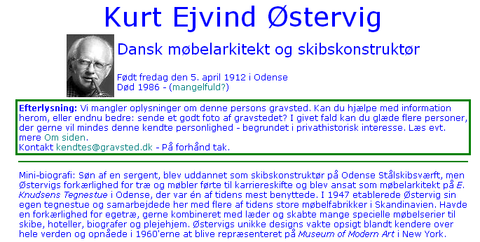
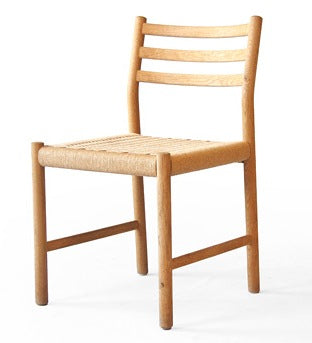


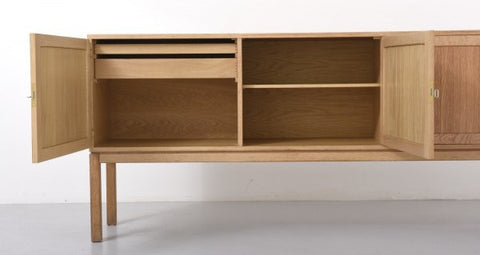

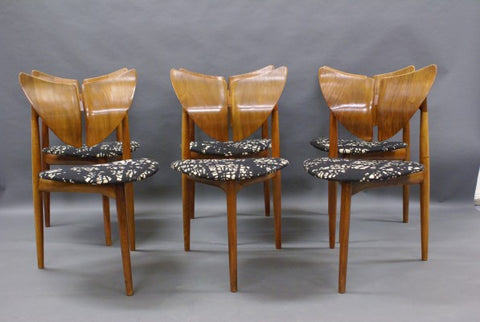
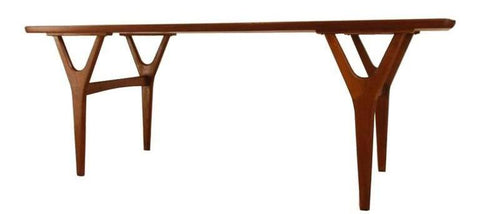
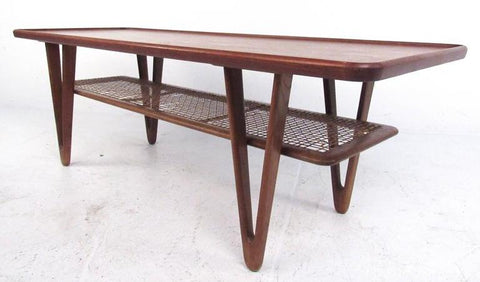


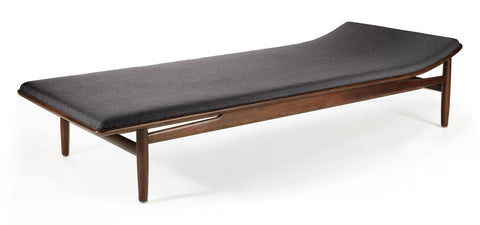
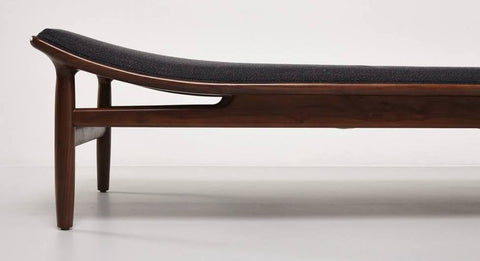
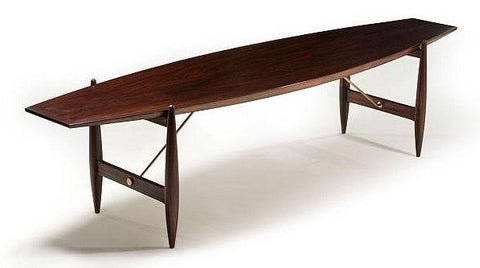
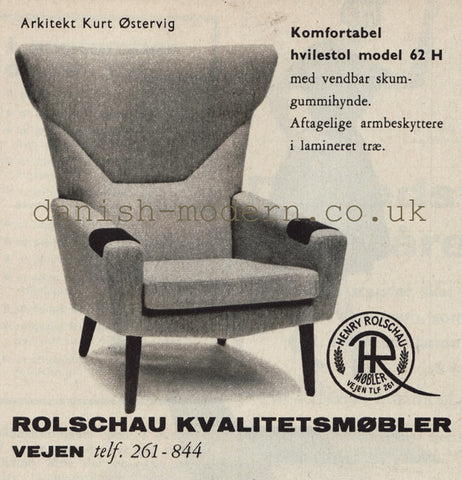

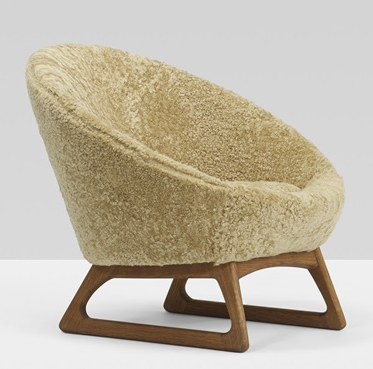
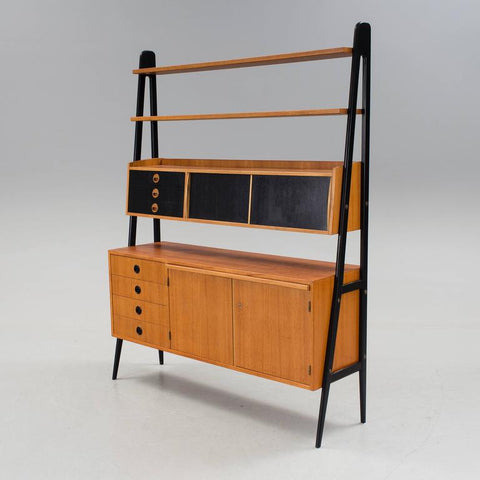
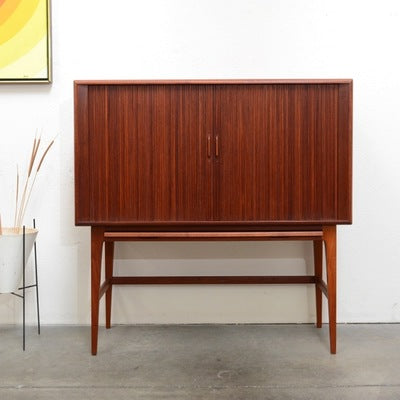
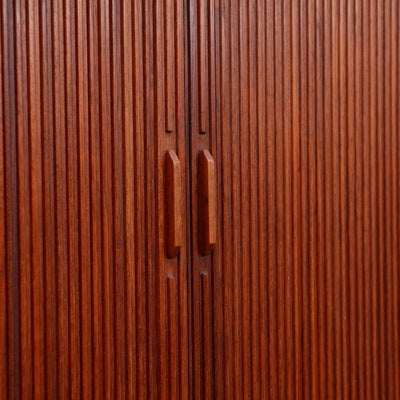

Hi Tom,
Thanks so much for your comment. I am so sorry for the delay in replying. I am a freelance blog writer who works with Keith and Maureen and I don’t get into the site very often to review comments.
Thanks also for your correction. I use a range of trusted sources in my research and Pamono is one of them. They had identified the chair as an Ostervig on this page (https://www.pamono.ca/teak-skai-chair-by-kurt-ostervig-for-randers-mobelfabrik). I found it incorrectly identified on other sites too: Artnet and LiveAuctioneers. It seems these vendors had identified the manufacturer as Randers and assumed that the chair was Ostervig because he also designed chairs for the company.
I found the patent you mentioned. Clearly this chair was Pedersen & Andersen’s. I have removed the chair from the post with an editor’s note at the bottom explaining the change to anyone who may have read the post before. I greatly appreciate you reaching out with this information. As an aside, 1stdibs has one of these chairs for sale and it is correctly attributed (https://www.1stdibs.com/furniture/seating/armchairs/very-rare-stunning-chair-teak-erik-andersen-palle-pedersen/id-f_7123143/).
Hi Keith. Thanks for the information and research on Østervig. We just acquired several of the teak and leather dining chairs which you cited; these were not designed by Østervig but rather by Erik Andersen and Palle Pedersen for a joint project by Randers and Moreddi manufacturers. The patent for the chair you showed and that for its counterpart with arms were filed with the US Patent Office on 02 APR 62 by Andersen and Pedersen as co-signers. All the best to you and Maureen. Tom
Leave a comment